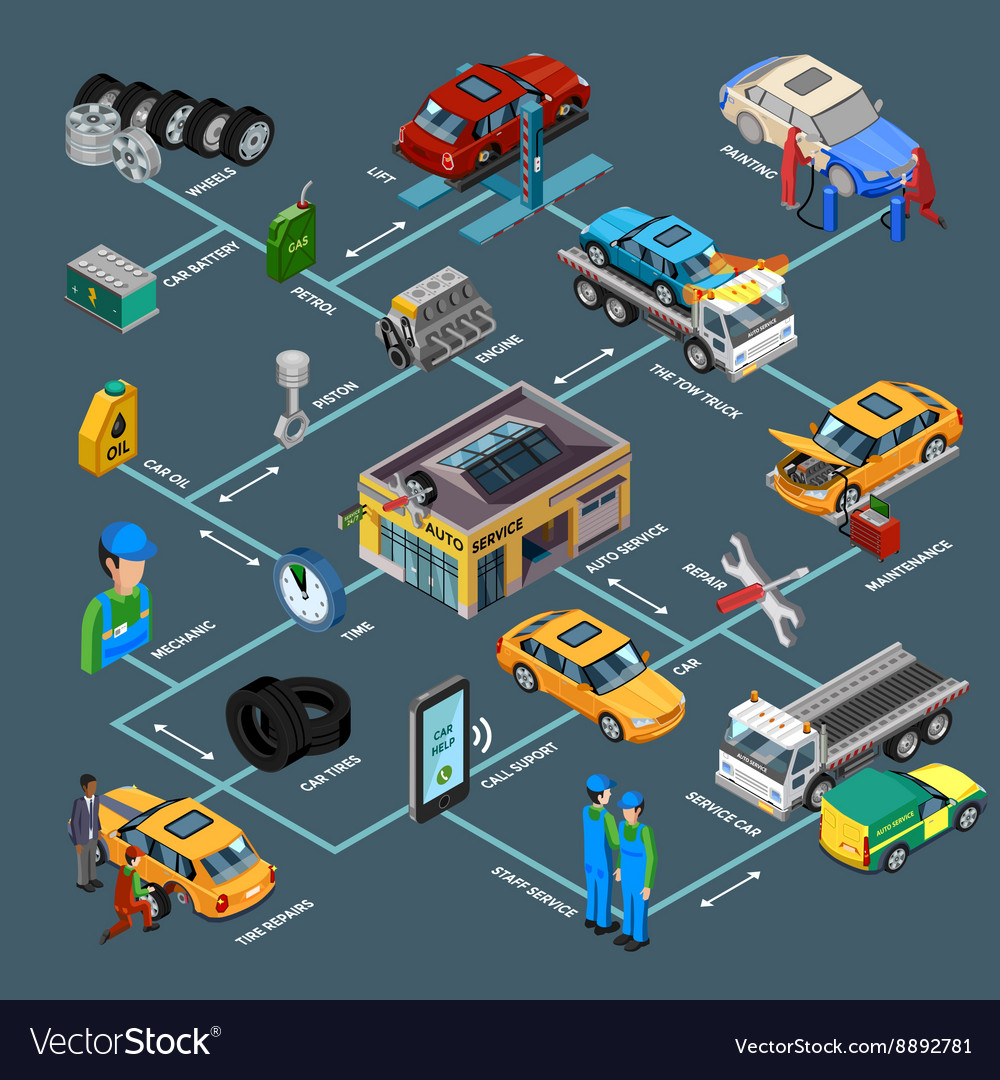Eager To Understand What The Control Panel Caution Lights In Your Car Represent? Explore Their Meanings For The Wellness And Safety Of Your Automobile
Eager To Understand What The Control Panel Caution Lights In Your Car Represent? Explore Their Meanings For The Wellness And Safety Of Your Automobile
Blog Article
Uploaded By-Hartley Forbes
When you're behind the wheel, those beautiful caution lights on your control panel can be a bit bewildering. Do you know what they're attempting to tell you about your cars and truck's wellness? Comprehending the significance of these lights is vital for your safety and the longevity of your vehicle. So, the next time among those lights pops up, would not you intend to decipher its message properly and take the necessary actions to resolve it?
Common Warning Lights and Interpretations
Determine usual caution lights in your automobile and understand their significances to make sure safe driving.
The most common warning lights include the check engine light, which indicates issues with the engine or discharges system. If https://brake-pads06173.wizzardsblog.com/29944556/the-definitive-handbook-for-auto-explaining-materials-essential-knowledge-for-novices comes on, it's critical to have your vehicle examined without delay.
The oil stress alerting light indicates reduced oil stress, requiring instant interest to prevent engine damage.
A flashing battery light could suggest a malfunctioning charging system, potentially leaving you stranded if not attended to.
The tire pressure surveillance system (TPMS) light alerts you to low tire stress, affecting lorry security and fuel effectiveness. Neglecting this might result in risky driving conditions.
The abdominal muscle light shows an issue with the anti-lock braking system, jeopardizing your ability to stop quickly in emergencies.
Last but not least, the coolant temperature warning light warns of engine overheating, which can lead to severe damages otherwise solved promptly.
Comprehending these usual warning lights will help you attend to problems promptly and keep secure driving problems.
Relevance of Prompt Attention
Recognizing the typical warning lights in your automobile is just the first step; the importance of without delay addressing these cautions can't be stressed sufficient to ensure your safety and security when driving.
When a warning light brightens on your control panel, it's your auto's means of connecting a prospective issue that requires interest. Overlooking these warnings can bring about much more extreme troubles down the road, jeopardizing your safety and potentially costing you extra in repairs.
Trigger interest to advising lights can stop failures and crashes. For example, a flashing check engine light could indicate a misfire that, if left unattended, could create damage to the catalytic converter. Resolving this immediately can save you from a pricey repair work.
Likewise, a brake system advising light might signal low brake fluid or worn brake pads, vital parts for your safety when driving.
Do It Yourself Troubleshooting Tips
If you see a warning light on your control panel, there are a couple of DIY troubleshooting ideas you can try before looking for expert help.
cut and polish car is to consult your vehicle's manual to comprehend what the certain warning light shows. Occasionally the concern can be as easy as a loosened gas cap triggering the check engine light. Tightening the gas cap might deal with the trouble.
One more common issue is a reduced battery, which can set off different advising lights. Checking the battery links for corrosion and ensuring they're safe and secure could deal with the trouble.
If a caution light persists, you can try resetting it by detaching the car's battery for a few mins and afterwards reconnecting it. In https://remappingnearme84062.atualblog.com/36039136/a-years-of-development-in-auto-explaining-techniques , inspecting your car's fluid levels, such as oil, coolant, and brake liquid, can help repair warning lights connected to these systems.
Conclusion
In conclusion, understanding your vehicle's caution lights is necessary for keeping your vehicle running smoothly and safely. By immediately resolving these signals and recognizing what they indicate, you can stay clear of pricey repair services and potential breakdowns.
Keep in mind to consult your car's guidebook for certain details on each warning light and do something about it accordingly to make certain a hassle-free driving experience.
Keep educated, stay safe when driving!
